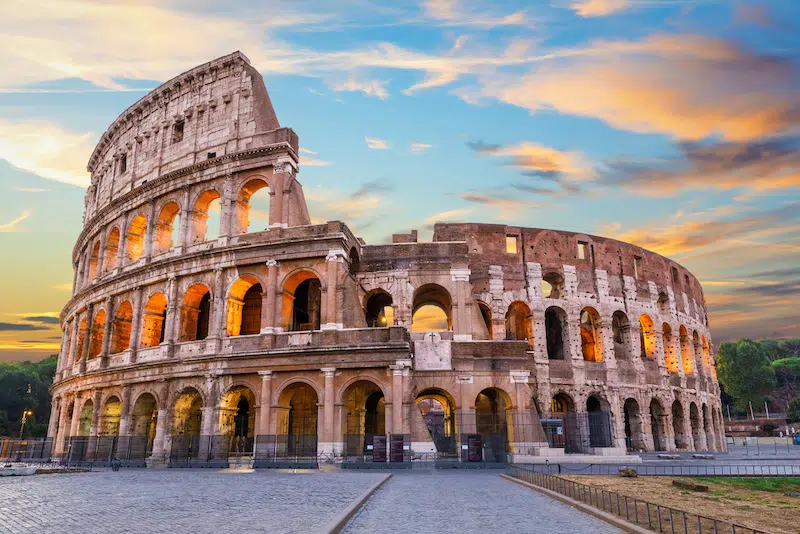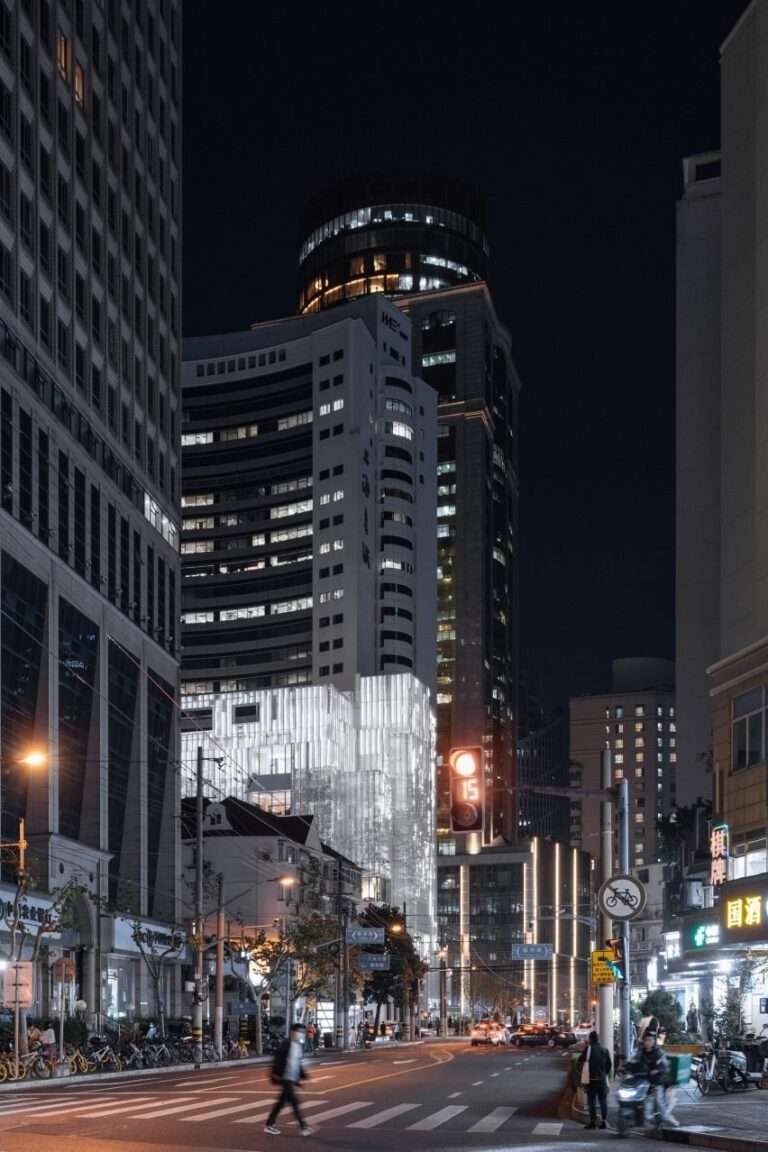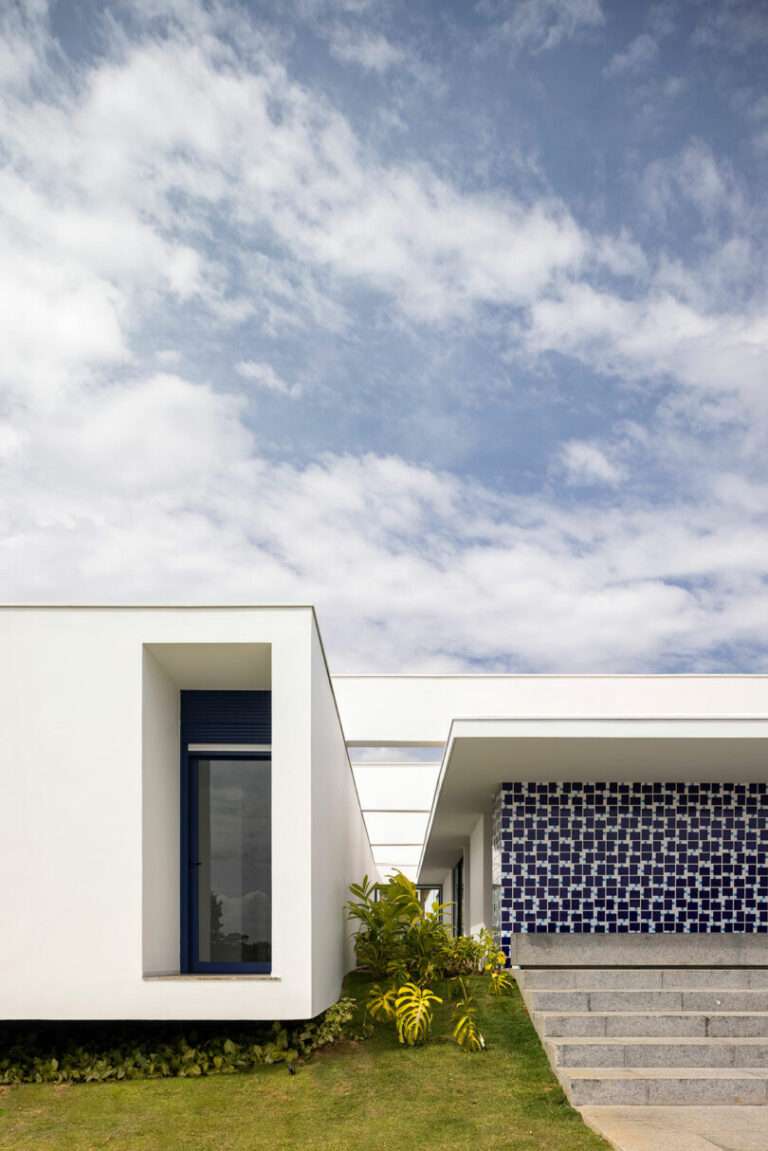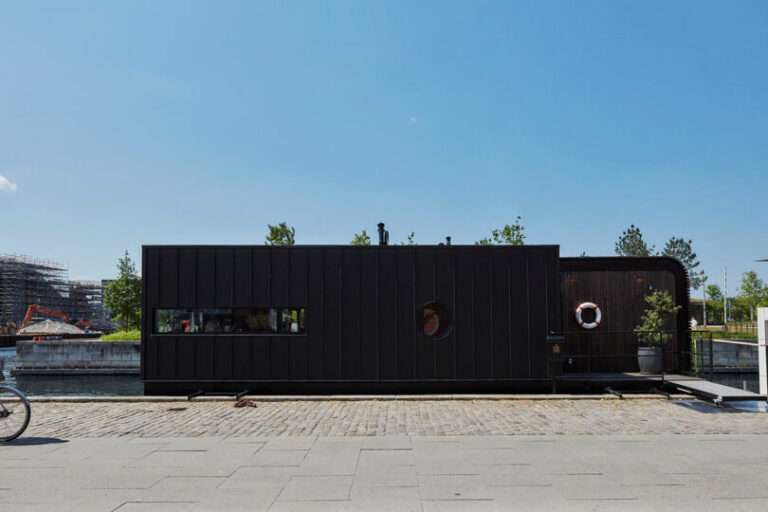

Photo: antonaleksenko82/Depositphotos
The Roman Colosseum is one of the most awe-inspiring landmarks from ancient history. Completed between 70 CE and 80 CE under Emperor Titus, it still stands as the largest amphitheater ever built. It was once the stage for intense gladiator battles, animal hunts, and grand spectacles that drew massive crowds. And if those ancient walls could talk, they’d share stories of epic struggles, victories, and heartbreaking tragedies.
In its prime, the Colosseum was even more magnificent than it is today, but it wasn’t just impressive above ground. Beneath the arena floor existed a hidden world that played a crucial role in bringing the spectacles to life for the crowd. And thanks to a detailed video by Deconstructed, a 3D-animated recreation offers a fascinating glimpse into the brilliance of Roman engineering.
The 3D-animated recreation was created using historical texts, archaeological evidence, and “a touch of educated guesswork.” It takes a closer look at the Colosseum’s architectural details and how its labyrinth of hidden mechanisms worked. It explains how the amphitheater could flood its arena for mock naval battles, known as naumachiae, and takes you deep into the Hypogeum—a vast system of tunnels, lifts, and trapdoors that allowed gladiators and animals to make dramatic entrances from below.
Additionally, the video explores the Colosseum’s seating arrangements, illustrating where different members of society would sit and how they entered the amphitheater. It offers a fascinating glimpse into the social hierarchy of the Roman Empire and how the traditions at the Colosseum reflected and reinforced people’s status at the time.
Watch the full video below, and if you’re curious to learn more about how more things work, check out Deconstructed’s channel.
This 3D-animated recreation of the Colosseum offers a fascinating glimpse into the brilliance of Roman engineering.
Deconstructed: YouTube
Source: Inside the Colosseum: Hidden Mechanisms of Ancient Rome
Related Articles:
LEGO’s Colosseum Becomes a Regal Nap Spot for Cats Everywhere
6 Surprising Facts About the Roman Colosseum
Rome’s Colosseum Is Getting a Makeover With a New Sustainable Floor
1,900-Year-Old Snacks Are Found in the Sewers Beneath the Colosseum



